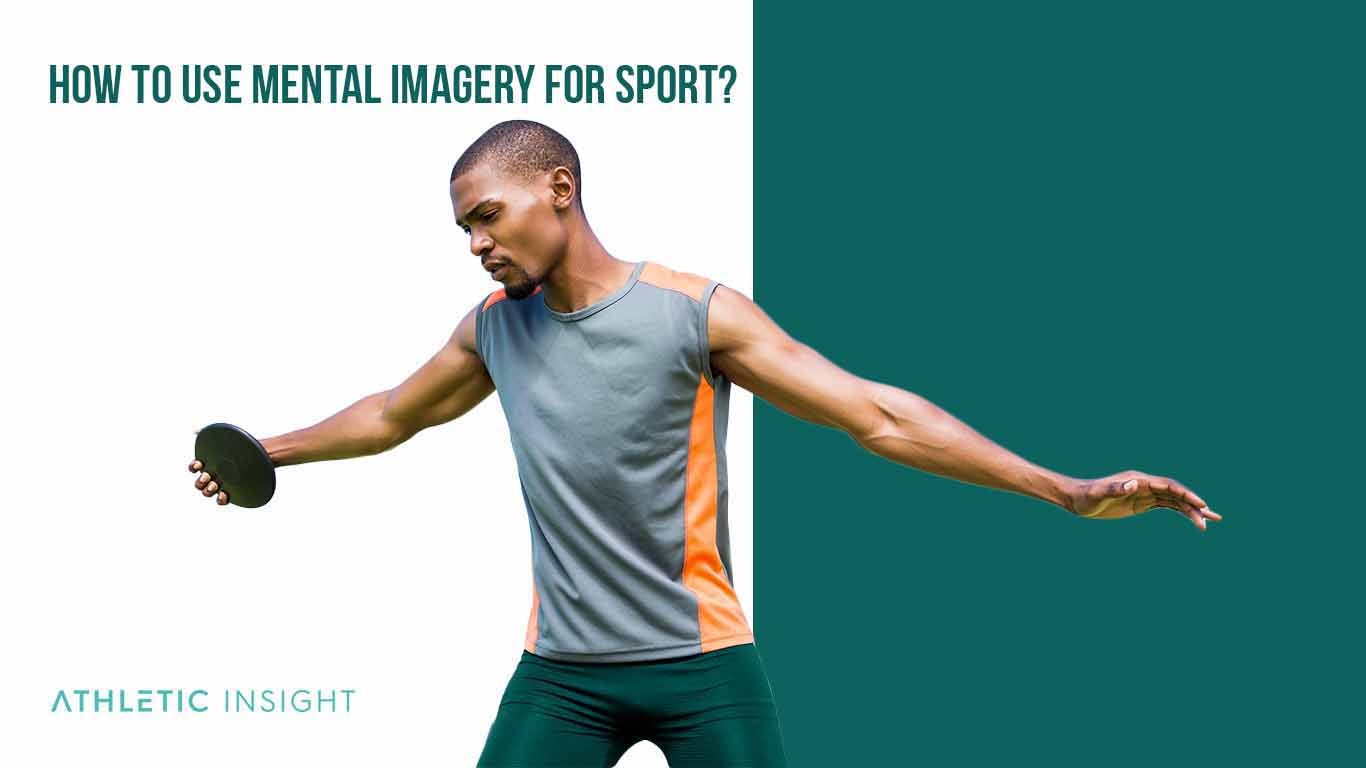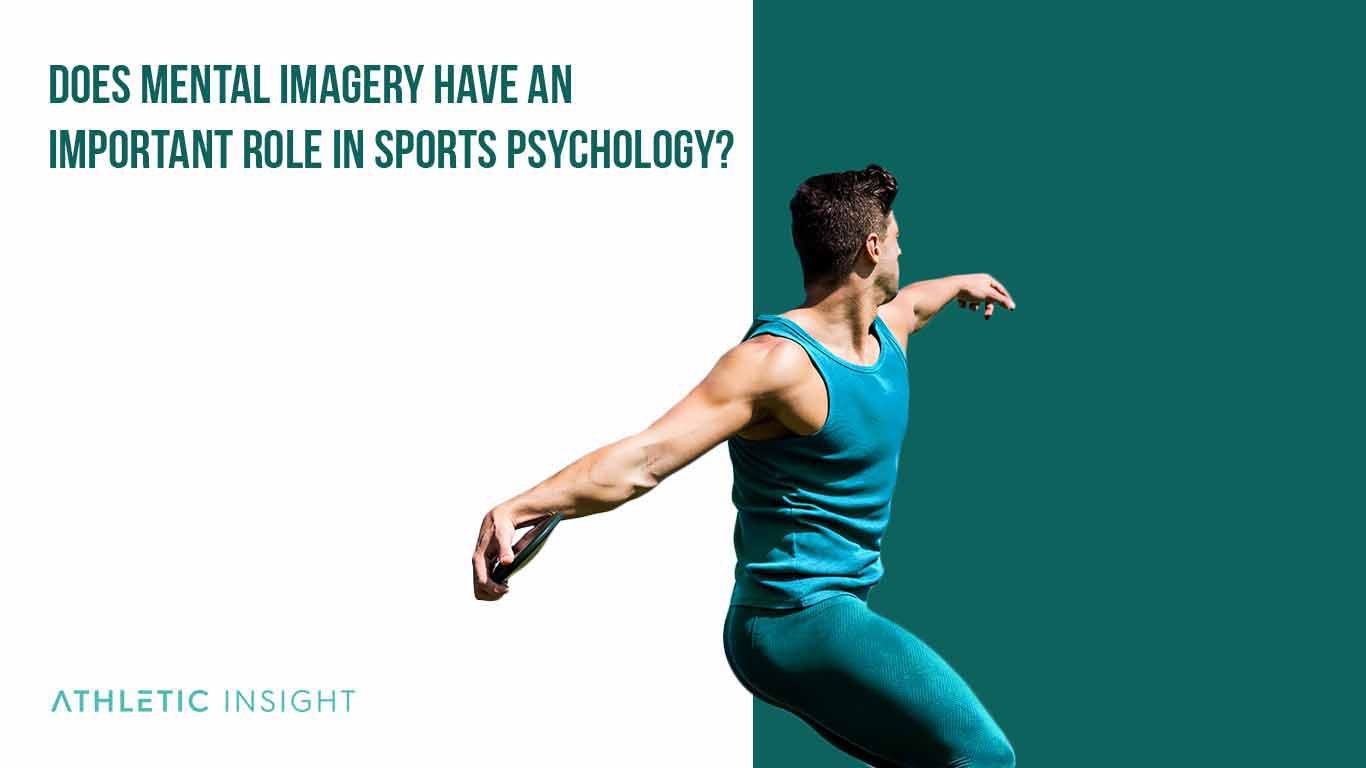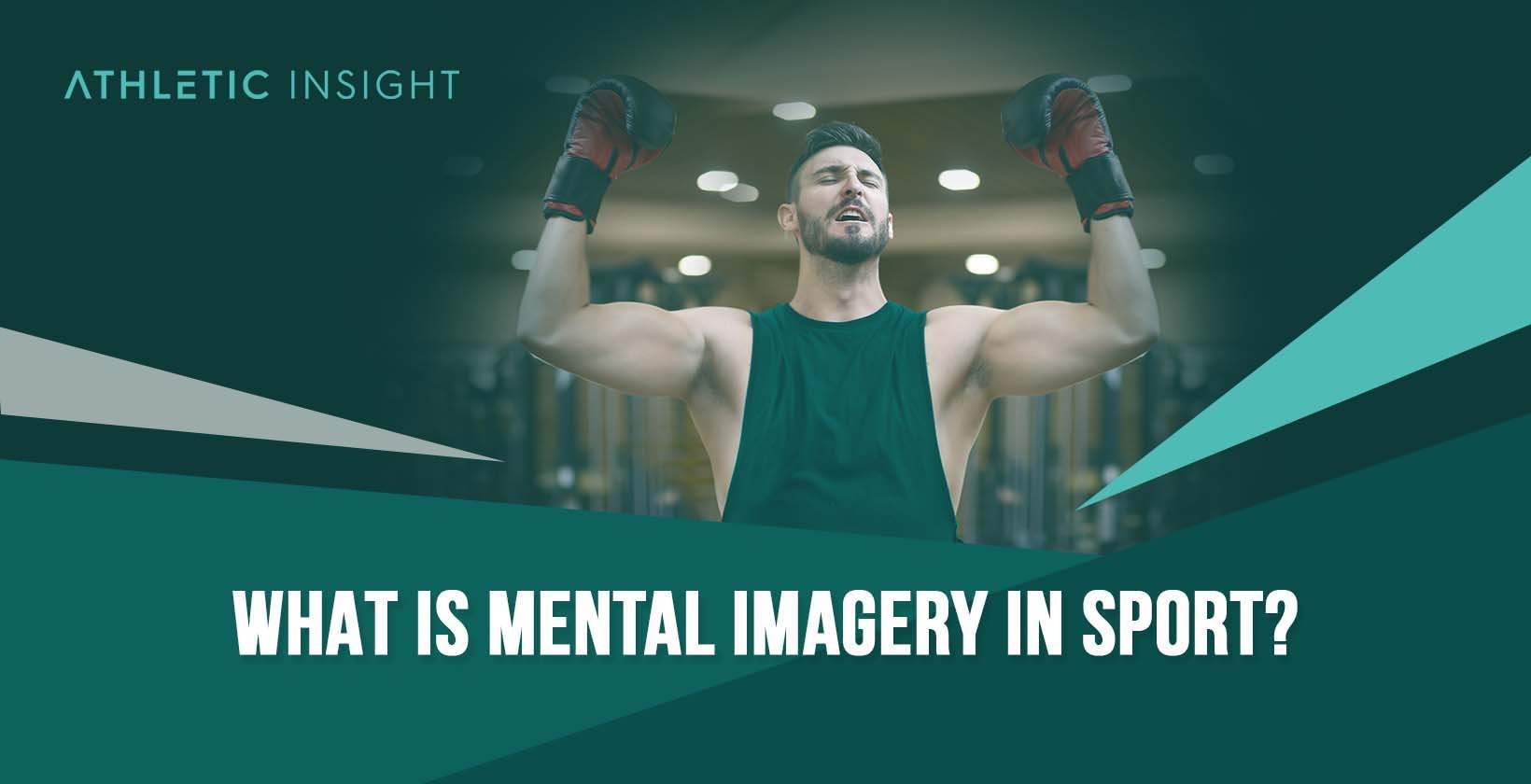Mental imagery in sport is a technique that athletes use to visualize themselves succeeding. This technique uses all of the person’s senses, like sight and hearing, to immerse themselves in the experience.
Athletes use mental imagery as a way to prepare for games and competitions. By visualizing their success, they improve their chances of achievement.
The concept of mental imagery was first developed around 350 BCE. The Greek philosopher Aristotle called mental images “phantasma.” Later on, this idea was used in sports psychology to help athletes win tournaments and succeed in competitions.
The process of mental imagery starts by imagining the end goal. The user must determine what they would like to achieve and what success entails. Then, they must think about what is required to reach the goals they set and which individual steps they need to take.
The person then creates a mental image of that experience. They use all of their senses to create an immersive experience, including the sounds they will hear and the physical sensations in their body.
For example, an athlete using mental imagery to prepare for a gymnastics competition may do so in the following way. First, they decide that their goal is to finish the routine with a perfect score. Next, they visualize all of the moves and techniques involved in their performance.
Lastly, the athlete creates an image in their mind of the feelings, sights, and sounds that they hear after finishing their routine.
The main points for mental imagery are the following:
- Determine the end goal
- Consider the steps needed to achieve success
- Create a mental image that includes all of the senses
What are the benefits of Mental Imagery for an Athlete?
The athlete who uses mental imagery will have many advantages compared to the one who does not use this technique.

1. Familiarising of Competition
By familiarising themselves with the competition, the athlete has a distinct advantage. For example, a basketball player playing in a championship game will create mental imagery of the court on which they will play. They may envision hitting every three-pointer they make or making a clutch block in a tight game.
The athlete should use all five senses to create full mental imagery of the experience. They can dream up the sounds of the crowd cheering during the game and the feel of the air on their skin as they run down the court. They can imagine the feeling of the basketball leaving their hands as they throw the ball in the net.
2. Motivation with Vision
Athletes can use motivation to help them succeed by visualizing their previous successes. For example, a baseball player may think of a past game in which they scored a run.
In visualizing a former success, the player should think about the physical sensations of standing on the mound and the anticipation of the pitcher throwing the ball. They can imagine the feeling in their arms as they swung the bat and made contact with the baseball.
3. Refocus on the Sport Purposes
Being able to refocus during a game or competition is a vital skill for athletes. During a game or match, the athlete may feel discouraged or tired. This is the point where refocusing can give them the ability to continue and perform well.
Consider a weightlifter who has gone through several rounds and is feeling exhausted. Instead of focusing on how tired they are and how challenging the next lift will be, they must visualize a past performance in which they succeeded at lifting the weight.
4. Skill Perfecting
Another aspect of using mental imagery is perfecting skills. The athlete can go over a tricky sequence in their mind until they can visualize a perfect execution of their technique.
For example, competitive swimmers can visualize themselves in perfect positions in the starting blocks. They can repeatedly imagine themselves pushing off into the water and entering the pool. By imagining their execution when swimming strokes, they increase their chances of performing to the best of their ability during the meet.
5. Controlling Negativity
It is not unusual for athletes to have negative thoughts about their performance. However, mental imagery can help athletes to focus on positive thinking instead.
A football player may tend to replay a failed performance in their mind. Using mental imagery, the player can visualize performing well in the game and focus on the positive feelings that they have when achieving their goals.
6. Improving Stage Performance
Athletes can benefit from mental imagery by imagining how their senses are engaged throughout their performance. The athlete should visualize what will happen before the competition, during, and after.
For example, a golfer should imagine the sights and sounds present as they await their turn on the course. Then, they can visualize how it looks and feels to swing the golf club. Lastly, they will imagine the positive feelings they will experience when they win their game.
How to use Mental Imagery for Sport?
Using mental imagery in sports involves three main steps.

- The athlete clearly defines the goal they wish to achieve during their performance. This could be getting a perfect score, winning the game, or attaining a personal best time in a race.
- Next, the athlete considers all the steps necessary to reach that goal. They must visualize the entire process from before the competition starts, during the event, and immediately after they finish.
- The final and most crucial step involves using all of the senses to imagine each step to their success. Athletes need to imagine what they will see, hear, and feel while succeeding at every stage of their competition.
What are the example uses of Sports Imagery?
Olympic swimmer Michael Phelps used visualization techniques to help with his performance. Starting when he was young and continuing through to his appearance at the 2016 Olympics, he used mental imagery to see himself succeeding in his sport.
During the 1960s and 1970s, Muhammad Ali frequently used mental imagery throughout his boxing career. He visualized all aspects of each fight, including seeing the referee raise his arm in the air at the end of a match when declaring him the winner.
How to use Quick Set Routine with Mental Imagery?
The Quick Set Routine was developed by Jeff Simons, a psychologist who wished to help athletes perform at their best. It involves using cues and mental imagery before a game or performance.
The first step is using a physical cue. For example, a gymnast may use deep breathing exercises to calm the mind and clear any distracting thoughts.
Second, the athlete uses an emotional cue. The gymnast can recall previous competitions in which they won and focus on how they felt during that success. These positive feelings will act as motivation during their performance.
Lastly, the athlete uses a focus cue. Typically, this is something that they can connect to the start of their performance, such as a word or phrase associated with achievement.
How to use Pattern Breaking Routines with Mental Imagery?
A pattern breaker is a word or phrase that an athlete can use to switch their focus from negative to positive thoughts. For example, an athlete may use the name of a loved one who motivates them as their pattern breaker. When they are struggling with negative thoughts, they can repeat this person’s name in their head to refocus.
The benefit of using pattern-breaking routines is that it is an automatic process that changes thinking. Over time, the athlete will instantly associate the word or phrase with positivity and high performance.
Does Mental Imagery have an important role in Sports Psychology?
Mental imagery plays a vital role in the performance of sports psychology. The topic of sports psychology focuses on various techniques that can be used to improve the well-being and success of athletes. Mental imagery is a fundamental part of many legendary athletes’ success stories. Anyone can reap its benefits when they need to perform in the clutch.

Which Brain Foods Enhance Concentration for Mental Imagery Practice?
Brain foods that enhance concentration for mental imagery practice include those rich in omega-3 fatty acids, antioxidants, and complex carbohydrates.
- Omega 3: Omega-3 fatty acids, found in fatty fish like salmon, walnuts, and flaxseeds, support brain health and cognitive function, crucial for maintaining focus during mental imagery exercises.
- Antioxidants: Foods high in antioxidants, such as berries, dark chocolate, and leafy greens, protect the brain from oxidative stress, improving overall brain function and concentration.
- Complex carbs: Complex carbohydrates, present in whole grains, provide a steady source of energy to the brain, helping maintain attention and focus over longer periods.
Incorporating these nutrients into the diet can enhance the ability to engage in sustained mental imagery practice, a valuable tool for athletes aiming to improve their performance.
Can Exercising Improve Mental Imagery Skills in Athletes?
Yes, exercising can improve mental imagery skills in athletes. Physical activity has a direct impact on brain health, enhancing cognitive functions that are essential for effective mental imagery, such as concentration, memory, and spatial awareness.
Aerobic exercises, in particular, have been shown to increase the size of the hippocampus, the brain area involved in memory and learning, thereby potentially enhancing the vividness and accuracy of mental images.
Engaging in exercises that mimic the physical movements involved in an athlete’s specific sport can create a stronger neural connection between physical practice and mental imagery, making the mental rehearsal more effective. Regular physical activity can also reduce anxiety and improve mood, creating a more conducive mental state for visualization practices.
Do Nootropic Supplements Enhance Visualization Skills for Athletes?
Nootropic supplements (“smart drugs”), or cognitive enhancers, are claimed to improve cognitive functions, including memory, creativity, and motivation in healthy individuals.
Some nootropics, such as Ginkgo Biloba, Panax Ginseng, and L-Theanine, may potentially enhance visualization skills for athletes by improving aspects of cognitive function relevant to mental imagery, such as focus, memory retention, and mental clarity. However, the effectiveness of nootropics can vary widely among individuals, and scientific evidence supporting their benefits for mental imagery in athletes is still emerging.
Athletes considering nootropic supplements should consult with healthcare professionals to ensure their safety and compliance with doping regulations in sports.
What are the Steps to Develop a Powerful Mental Imagery Routine for Athletes?
Developing a powerful mental imagery routine for athletes involves several key steps.
- Define Specific Goals: Start by identifying specific skills or outcomes you want to improve through mental imagery, such as perfecting a technical skill or enhancing performance under pressure.
- Create a Vivid and Detailed Imagery: Construct detailed mental images that engage all senses. Imagine the environment, sounds, physical sensations, and emotions associated with the performance.
- Incorporate Physical Elements: Combine mental practice with physical sensations, such as mimicking the muscle movements or holding the equipment, to deepen the connection between mental and physical execution.
- Practice Regularly: Consistency is key. Incorporate mental imagery into your regular training routine, dedicating specific times to practice.
- Use Guided Imagery: Initially, guided imagery sessions led by a coach or sports psychologist can help develop effective visualization techniques.
- Review and Refine: Regularly assess the effectiveness of your mental imagery practice and make adjustments as needed. This could involve changing the scenarios visualized or focusing on different senses to enhance the vividness of the imagery.
- Combine with Relaxation Techniques: Integrating relaxation techniques such as deep breathing or progressive muscle relaxation can enhance focus and the quality of the imagery experience.
By following these steps, athletes can develop a powerful and effective mental imagery routine that enhances their performance by improving focus, confidence, and execution of skills.



